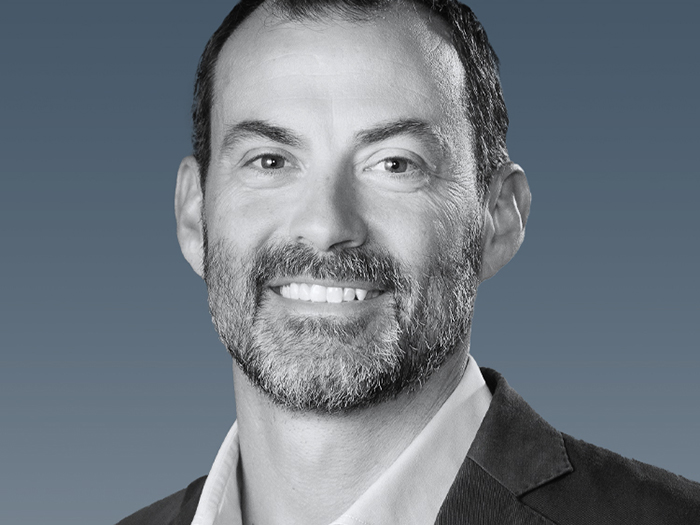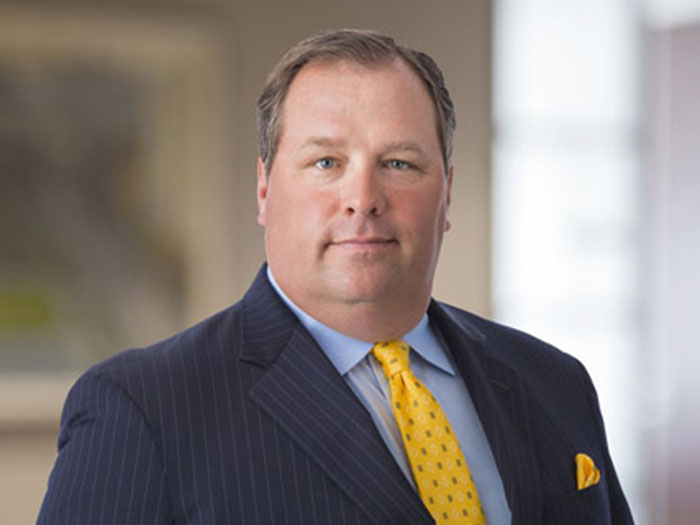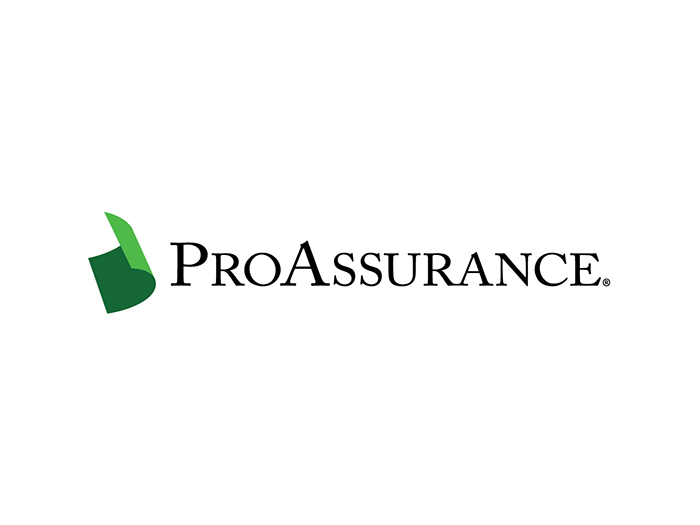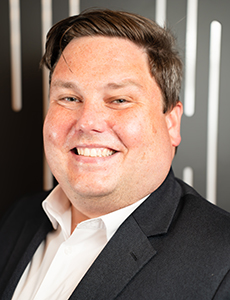Predict & Prevent Podcast: Advanced Modeling Prevents Flash Flood Surprises
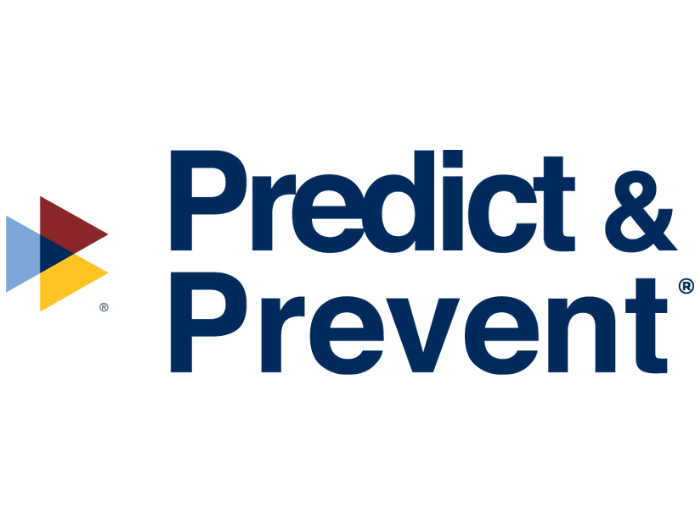
Using advanced modeling technology to predict when and where storms and heavy rains will cause severe surface flooding can give businesses and communities early warning to protect critical assets, deploy mitigation efforts and get out of harm’s way, according to “Advanced Modeling Prevents Flash Flood Surprises,” the latest episode of the Predict & Prevent podcast from The Institutes.
In this episode, Pete Miller, CEO of The Institutes, talks with Dr. Avi Baruch, co-founder of Previsico, focusing on how it is delivering improved forecasting for surface water or pluvial flooding, which is the largest flood risk and one that often catches people off guard.
Typically, Dr. Baruch says, flood warning systems operated by government agencies are focused on large river systems and coastal storm surges, not on what could happen when heavy rains overwhelm drainage systems, or if blockages cause stormwater to rise.
Previsico’s solution predicts surface flooding using live hydrodynamic modeling and sensors to monitor what’s happening on the ground at a client’s location. The company runs continuous simulations during a storm event to forecast where flooding could occur.
“We are living in a very changeable world and what used to flood actually might not always be what’s now going to flood in the future,” Dr. Baruch explains. “Just because your property might not have been flooded in the past, actually, it still means it might be at quite high risk. So, we’re running continuous models ahead of time using event-specific modeling.”
The company’s goal is to provide early warning to customers 48 hours in advance of potential flooding, based on rainfall and modeling, and giving them the time to prepare.
Previsico, which is based in the U.K. and expanded to the U.S. in 2023, works closely with insurers and their clients, in some cases integrating its early warnings for flooding directly into an insurer’s risk communication services.
“Risk prevention is a huge part of the insurer proposition moving forward, but to make it effective, you need to see how well it’s being used and to do so, you need to get closer to the people who will be using it,” Dr. Baruch said, emphasizing the importance of getting solutions in the hands of the frontline teams who will respond in event of a storm or flood.
To listen to this and other episodes, visit predictandprevent.org, or look for Predict & Prevent on most podcasting platforms. &





